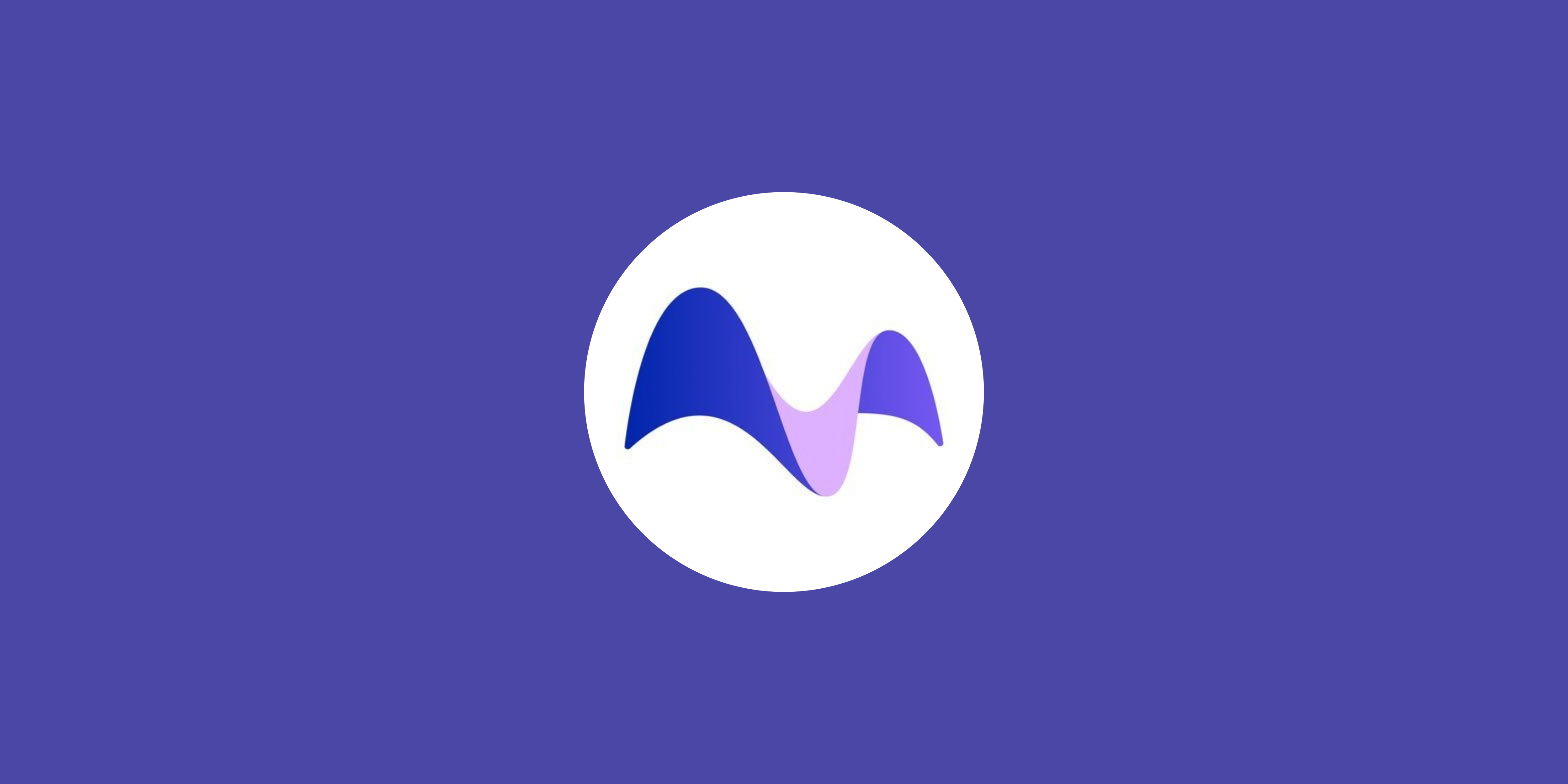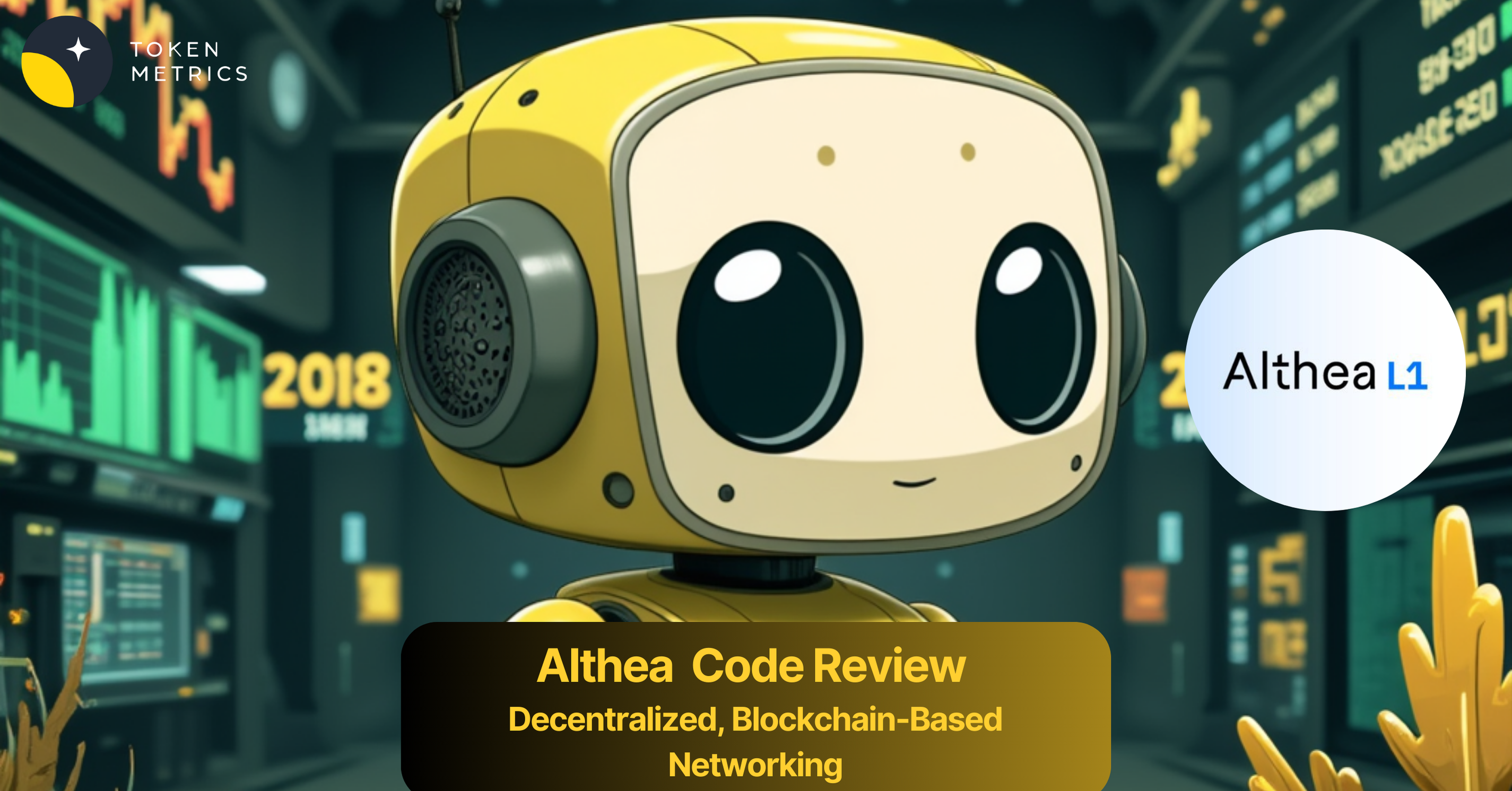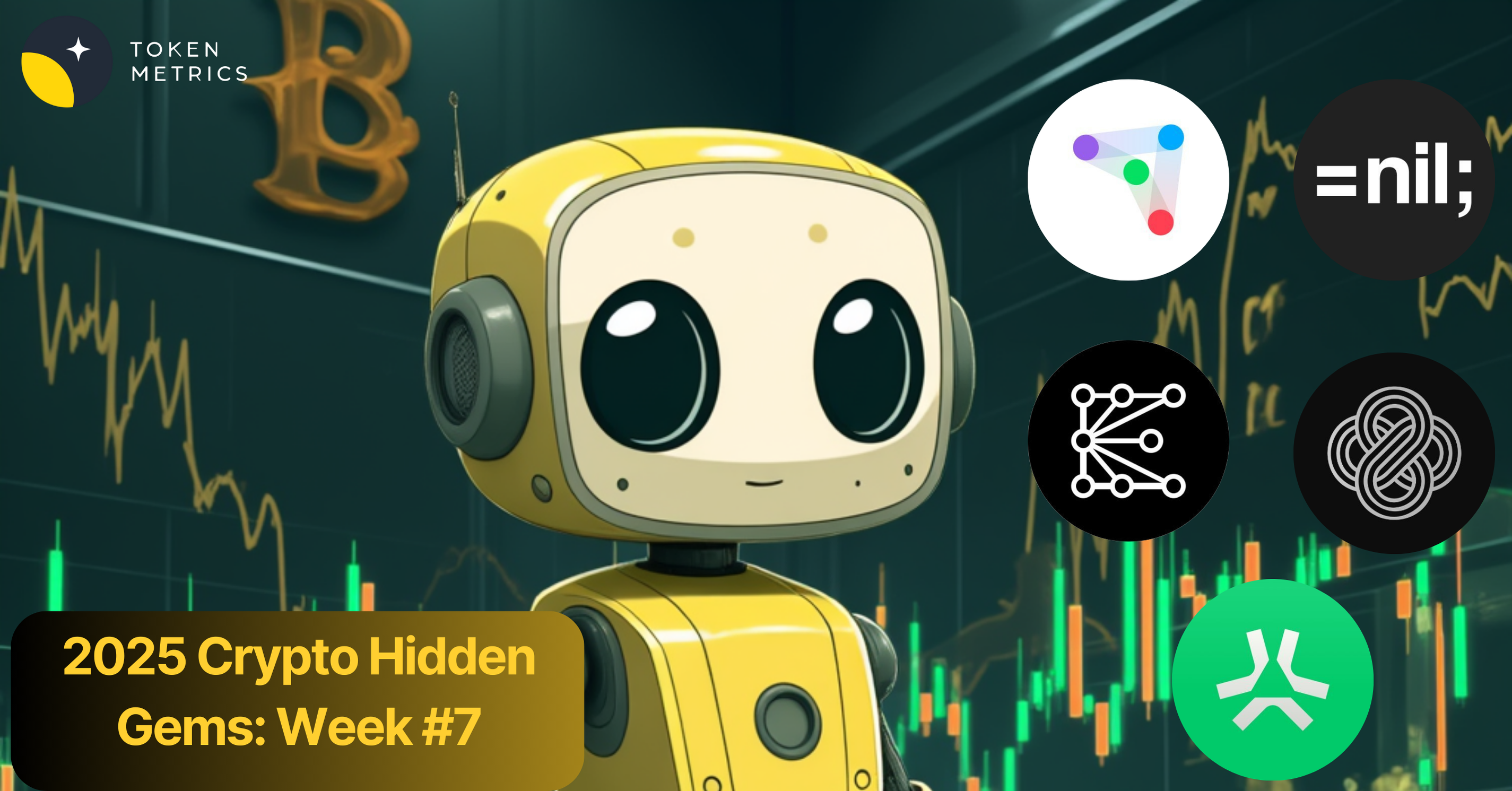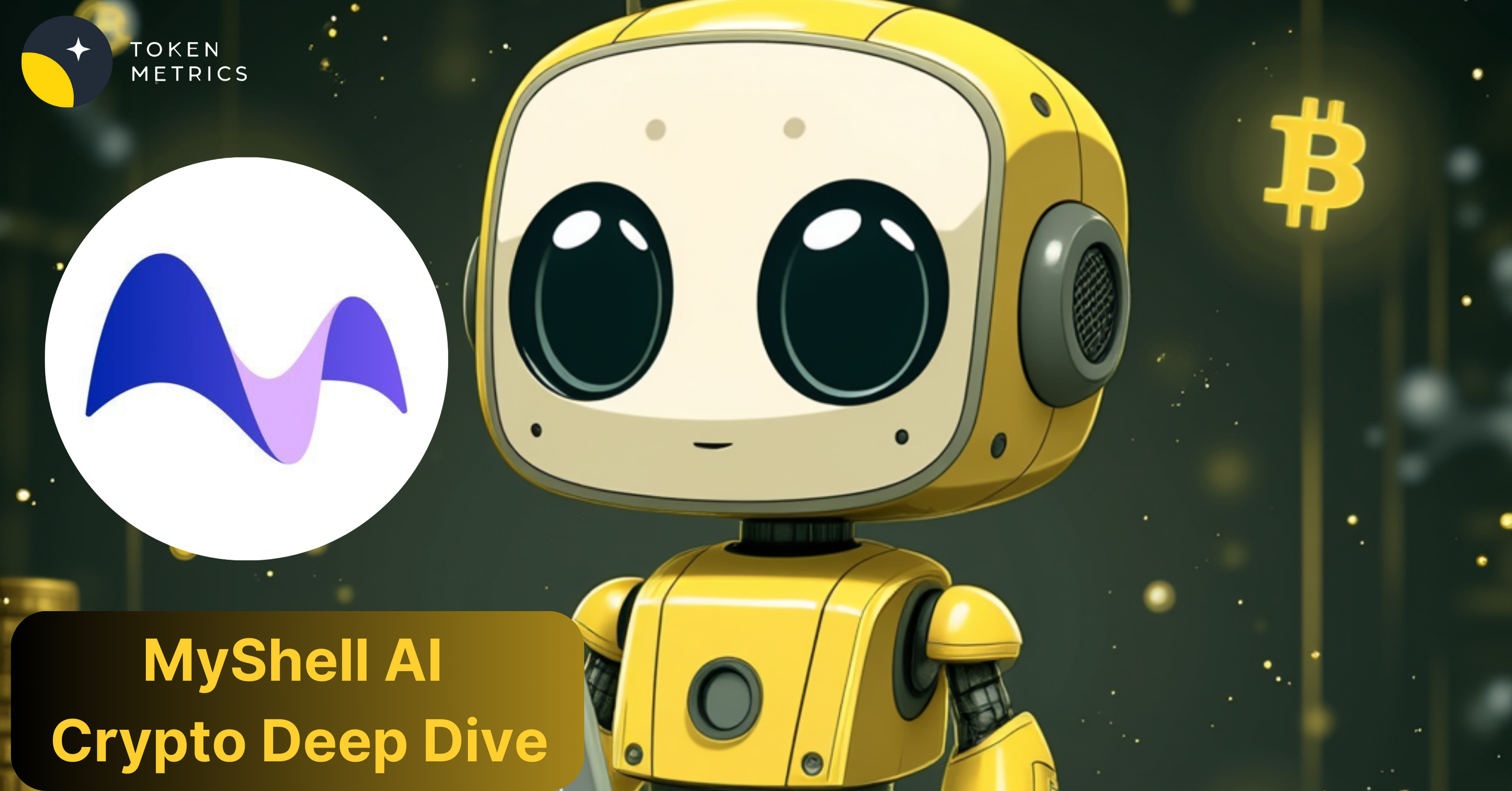Introduction
MyShell is a decentralized AI consumer platform designed to democratize AI creation and usage by enabling consumers, creators, and open-source researchers to develop and monetize AI-native applications. The project seeks to challenge the centralized AI landscape dominated by a few large corporations by fostering an open, community-driven ecosystem. MyShell’s infrastructure is built around open-source AI models, an AI development toolkit, and a value redistribution system that ensures equitable rewards for creators and users. The platform’s native token, $SHELL, facilitates payments, governance, and ecosystem incentives.
Innovation
MyShell offers an open AI ecosystem that encourages decentralized AI development and monetization. Unlike conventional AI platforms that operate under proprietary models, MyShell promotes transparency, community participation, and equitable value distribution. The platform’s key innovations include:
- Self-Developed Open-Source AI Models: A diverse set of AI models, including language models, voice cloning, and image generation, available for community-driven development.
- Open AI Development Platform: Modular AI development tools support technical and non-technical users through no-code and advanced configuration options.
- Fair Value Distribution: Monetization options for creators, including direct app sales, incentives, and blockchain-enabled liquidity mechanisms.
Architecture
MyShell’s architecture is designed for flexibility and scalability, incorporating the following core components:
- AI Model Infrastructure: Utilizes large-scale language models (LLMs) and text-to-speech (TTS) systems optimized for conversational AI and creative applications.
- State Machine & Workflow Integration: Implements structured interaction models to enhance the responsiveness and adaptability of AI applications.
- ShellAgent: An AI agent framework designed to support autonomous AI functions. Currently, it is optimized for local GPU installations on Windows, with planned cloud-based extensions.
- Widget Center: A modular system that provides basic and composite AI widgets, enabling developers to build AI applications quickly.
Code Quality
The MyShell codebase demonstrates a high level of engineering quality, characterized by:
- Modular and Scalable Design: The platform’s development framework is built with extensibility, ensuring that new AI models and features can be easily integrated.
- Efficient Model Scheduling: Uses optimized processing techniques to dynamically allocate computational resources, enhancing AI performance.
- Asynchronous Processing: Supports parallel execution to prevent bottlenecks, particularly in image generation and AI-driven interactions.
- Security Measures: The project incorporates standard encryption and access control mechanisms to safeguard user data and AI model integrity.
Product Roadmap
MyShell has a clear roadmap aimed at expanding its capabilities and adoption:
- Expansion of AI Model Library: Improvement of existing models, including multilingual support and enhanced contextual understanding.
- Cloud-Based ShellAgent: Transition from local GPU dependency to cloud infrastructure for broader accessibility.
- Incentive Mechanism Enhancement: Refinement of tokenomics, including improved reward structures for content creators and patrons.
- Interoperability Features: Increased integration with third-party AI tools and blockchain networks to facilitate cross-platform usability.
Usability
MyShell is designed for a broad range of users, including AI developers, content creators, and general consumers:
- No-Code & Dev Modes: Supports users with different technical backgrounds, offering simplified development environments alongside advanced configuration options.
- Intuitive Interface: The widget-based system simplifies AI app creation, making it accessible to non-technical users.
- Monetization Pathways: Provides precise mechanisms for creators to earn from their contributions, ensuring sustained engagement.
Team
While MyShell’s development team remains pseudonymous, they have demonstrated strong technical expertise and a commitment to open-source principles. The project’s ability to deliver functional AI tools and innovative incentive models suggests a well-coordinated and experienced team.
Conclusion
MyShell presents a promising approach to decentralized AI development, offering innovative tools and a fair economic model for creators and users. Its open-source foundation and blockchain-based incentives set it apart from traditional AI platforms. However, challenges remain in scaling its adoption, particularly in transitioning ShellAgent to a cloud-based system and ensuring sustained engagement with the $SHELL token. If these hurdles are addressed effectively, MyShell has the potential to become a key player in the decentralized AI ecosystem.
| Initial Screening | |||
| Keep researching | |||
| Does this project need to use blockchain technology? | Yes | ||
| Can this project be realized? | Yes | ||
| Is there a viable use case for this project? | Yes | ||
| Is the project protected from commonly known attacks? | Yes | ||
| Are there no careless errors in the whitepaper? | Yes | ||
| Project Technology Score | |||
| Description | Scorecard | ||
| Innovation (Out Of 11) | 9 | ||
| How have similar projects performed? | Good | 2 | |
| Are there too many innovations? | Regular | 2 | |
| Percentage of crypto users that will use the project? | 6%-10% | 3 | |
| Is the project unique? | Yes | 2 | |
| Architecture (Out of 12) | 12 | ||
| Overall feeling after reading whitepaper? | Good | 2 | |
| Resistance to possible attacks? | Good | 2 | |
| Complexity of the architecture? | Not too complex | 2 | |
| Time taken to understand the architecture? | Less than 20 min | 2 | |
| Overall feeling about the architecture after deeper research? | Good | 4 | |
| Has the project been hacked? | No | 0 | |
| Code Quality (out of 15) | 12 | ||
| Is the project open source? | Yes | 2 | |
| Does the project use good code like C,C++, Rust, Erlang, Ruby, etc? | Yes | 2 | |
| Could the project use better programming languages? | No | 0 | |
| Github number of lines? | More than 10K | 1 | |
| Github commits per month? | More than 10 | 2 | |
| What is the quality of the code? | Good | 2 | |
| How well is the code commented? | Good | 1 | |
| Overall quality of the test coverage? | Good | 1 | |
| Overall quality of the maintainability index? | Good | 1 | |
| When Mainnet (out of 5) | 5 | ||
| When does the mainnet come out? | Mainnet | 5 | |
| Usability for Infrastructure Projects (out of 5) | 5 | ||
| Is it easy to use for the end customer? | Yes | 5 | |
| Team (out of 7) | 5 | ||
| Number of active developers? | 5+ | 2 | |
| Developers average Git Background? | Intermediate | 1 | |
| Developers coding style? | Solid | 2 | |
| Total Score (out of 55) | 46 | ||
| Percentage Score | |||
| Innovation | 16.36% | ||
| Architecture | 21.82% | ||
| Code Quality | 21.82% | ||
| Mainnet | 9.09% | ||
| Usability | 9.09% | ||
| Team | 9.09% | ||
| Total | 87.27% |





